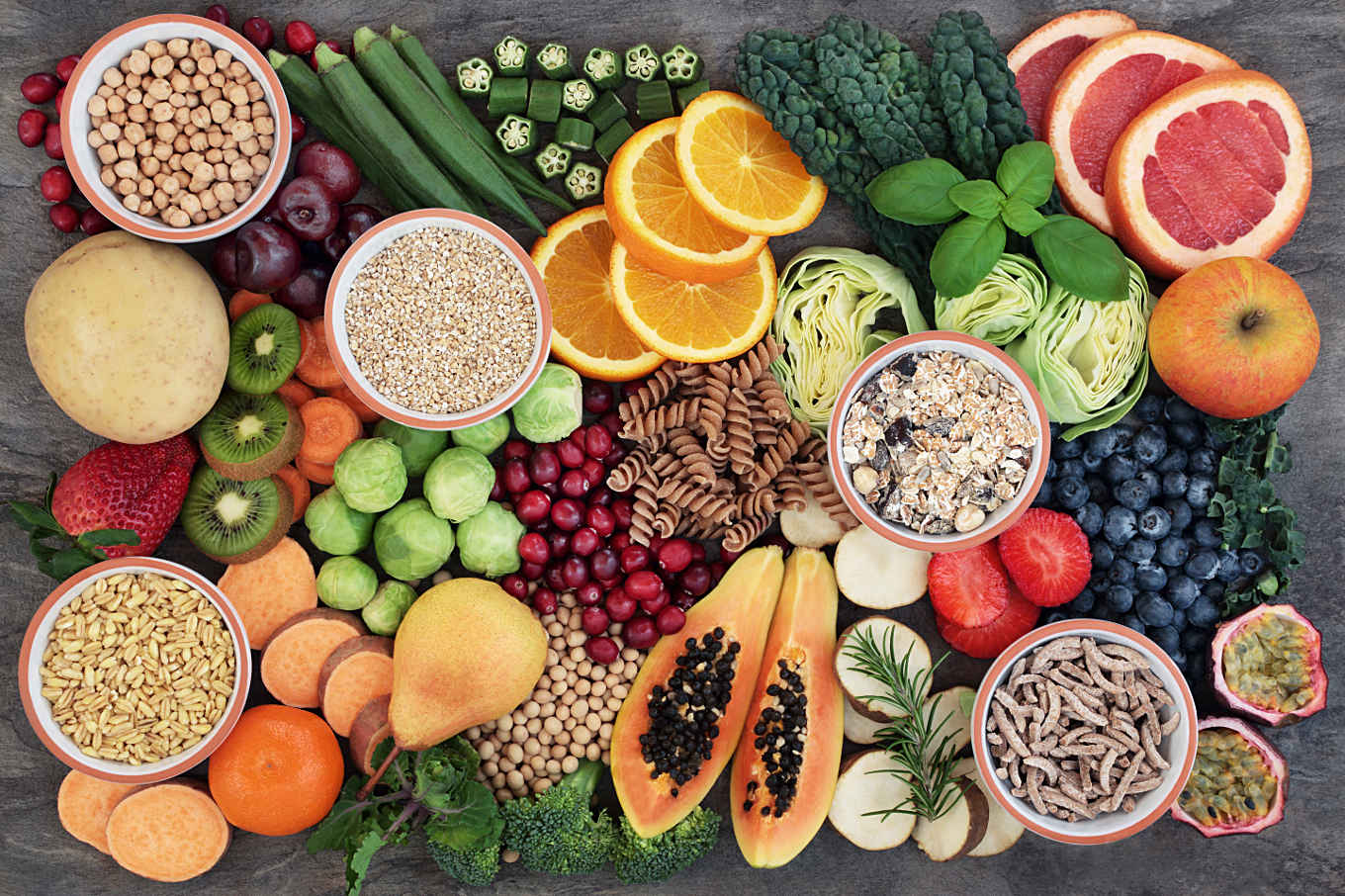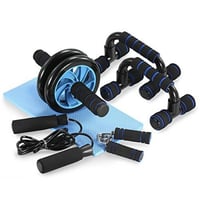So you want to start eating healthier but not sure where to begin. Your friends have spent the last 3 months doing home workouts and drinking enough protein shakes to feed a small army. Summer is looming on the horizon and your quarantine ‘Covid-bod’ is not so trendy. Now you’ve turned to the internet for advice. That's a brave move in an influencer powered world full of ‘health gurus’ selling you the new ‘superfood’ that is the secret to a happy life. - (Don’t forget to use their code at the checkout for 20% off) Now you’re handing over some money for a superfood without really knowing what it's doing for you. The question is, if these magic foods and fad diets are so incredible why is there a new one every few months?
I'm going to introduce you to an eating plan that will help you achieve your goal of losing weight. It’s called a Balanced Diet. We’ve all heard of it but what does it actually mean? The trick is to keep it simple- back to basics. Understand that everybody is different and ‘one meal plan to rule them all’ isn’t the answer. However, if you understand how your body works and what it needs, you can make informed choices and your healthy eating experience considerably less challenging.
Let's have a look at the necessities. Your body needs 3 essential macronutrients to function everyday: Proteins, Fats and Carbohydrates.
Protein : Growth and Repair
What it does: In its simplest form, protein is used for the growth and repairing of cells in your body to allow for normal function. They’re made up of building blocks known as amino acids which link together to create new proteins that aid in bone and muscle development.
In total, there are 20 amino acids, 11 of which are non-essential as your body creates them on it’s own. The remaining 9 are the essential amino acids and these have to be ingested to ensure normal function of the body.

The Food Bit: If you’re looking to up your protein intake then look at foods like chicken, fish, beef and dairy products as these contain all 20 amino acids; known as complete proteins. If you’re vegan or vegetarian you have to get a little more creative to get all the essential amino acids. Plant based proteins such as nuts, beans and grains usually lack one or more of the essential amino acids on their own so combining them can get you across the line. A balanced diet will tick the box for your daily protein intake and mean you won’t have to take supplements.
So How Much Should I Eat?:
Well that's a simple question with a long answer. It all depends on your body type and what goals you have in mind, weight loss or weight gain etc. A good rule of thumb is 10-35% of your daily calorie intake should be protein. Still with me? Great! Let’s carry on.
Fats: Help Absorb Nutrients
What it does: Fat is an energy dense macronutrient which is required for moving vitamins & minerals around the body as well as providing warmth and creating hormones. However not all fats are made equal and overconsumption can be detrimental to our health. Fats can be broken down into 4 categories: monounsaturated, polyunsaturated, saturated and trans fats. Don’t worry, it sounds more confusing than it is!
Monounsaturated Fats & Polyunsaturated Fats: GOOD
These are healthy fats which aid in lowering your cholesterol, reduce inflammation and decrease the risk of heart disease.
Saturated Fats & Trans Fats: NOT SO GOOD
These are considered bad fats as they raise your cholesterol and increase your chances of heart disease.
The Food Bit: If you want to maintain a healthy lifestyle it’s important to try and stick to eating the good fats. Monounsaturated fat can be found in various oils such as peanut oil, canola oil and olive oils as well as avocados and cashews. Polyunsaturated fats can be found in fish like salmon, mackerel and herring as well as flax seed and vegetable oils; sunflower, corn or safflower to name a few.
Unfortunately this means reducing our saturated fats found in such foods as full-fat dairy products, baked goods and processed meats like hotdogs and burgers. Saturated fats can be consumed in moderation but it is best to swap these for poly & monounsaturated fats where you can.
Trans fat is found in some of our favourite processed foods; chocolate, pizza, takeaways, pastries and fried food. Unfortunately it’s one of the most harmful fats for our waistlines and hearts, increasing cholesterol and the chance of heart disease.
So How Much Should I Eat?
Once again this all depends on your body type and goals but aiming to get between 20-35% of your calories from fats is a good average. This is based on the consumption of unsaturated fats meaning you’ll need to limit how much saturated fat you consume and avoid trans fats where possible.
Carbohydrates : Fuel The Body
What it does: The most misunderstood macronutrient in the group. Carbohydrates or ‘carbs’ have received a bad reputation thanks to the variety of fad diets that insist carbohydrates are the sole reason you can’t lose that extra weight. However with a simple understanding of how they work and we can see this isn’t the case. Carbohydrates are essential to a balanced diet and are the bodies preferred source of energy to fuel the vital organs. The key to success here is finding the right carbohydrates.

The Food Bit: Carbs are made up of 3 parts, sugar, starch and fibre.
Sugar is known as a simple carbohydrate, it's found in regular white/brown sugar, fruit juice, fizzy drinks and sweets. This is where the term ‘sugar rush’ comes from as these foods release their energy quickly. Try and avoid simple carbs where possible to stay as healthy as possible.
Starch and fibre make up Complex Carbohydrates. They are more nutritious than simple carbs and digest slower leading to a steady release of energy and feeling fuller for longer. Starch can be found in whole wheat breads, corn, rice and oats. Fibre can be found in fruits & vegetables and whole grains.
So How Much Should I Eat?
Anywhere between 45-65% of our calories should come from carbohydrates.
So you're up to scratch on the basics and on your way to a healthier lifestyle. Here's a few tips for the journey:
- Make small changes and set achievable goals. Good habits take time to develop and if done consistently you will find yourself enjoying the process.
- Make time everyday to do some exercise. It’s easy during quarantine to be glued to your desk for the day but allocating time to do some moderately challenging activity will be good for your physical and mental health.
- Drink more water! It boosts energy, helps keep skin healthy, aids in weight loss and digestion.
- Take a Vitamin D supplement if you don't get a lot of sun exposure. A balanced diet will tick the boxes on all the vitamins and minerals you need.
- Remember, you’re not a robot. Sometimes you’re going to want to have takeout or fried food that's chock full of trans fat, and so what? Go for it! If you can stick to a balanced diet then you can afford to treat yourself every now and then.


